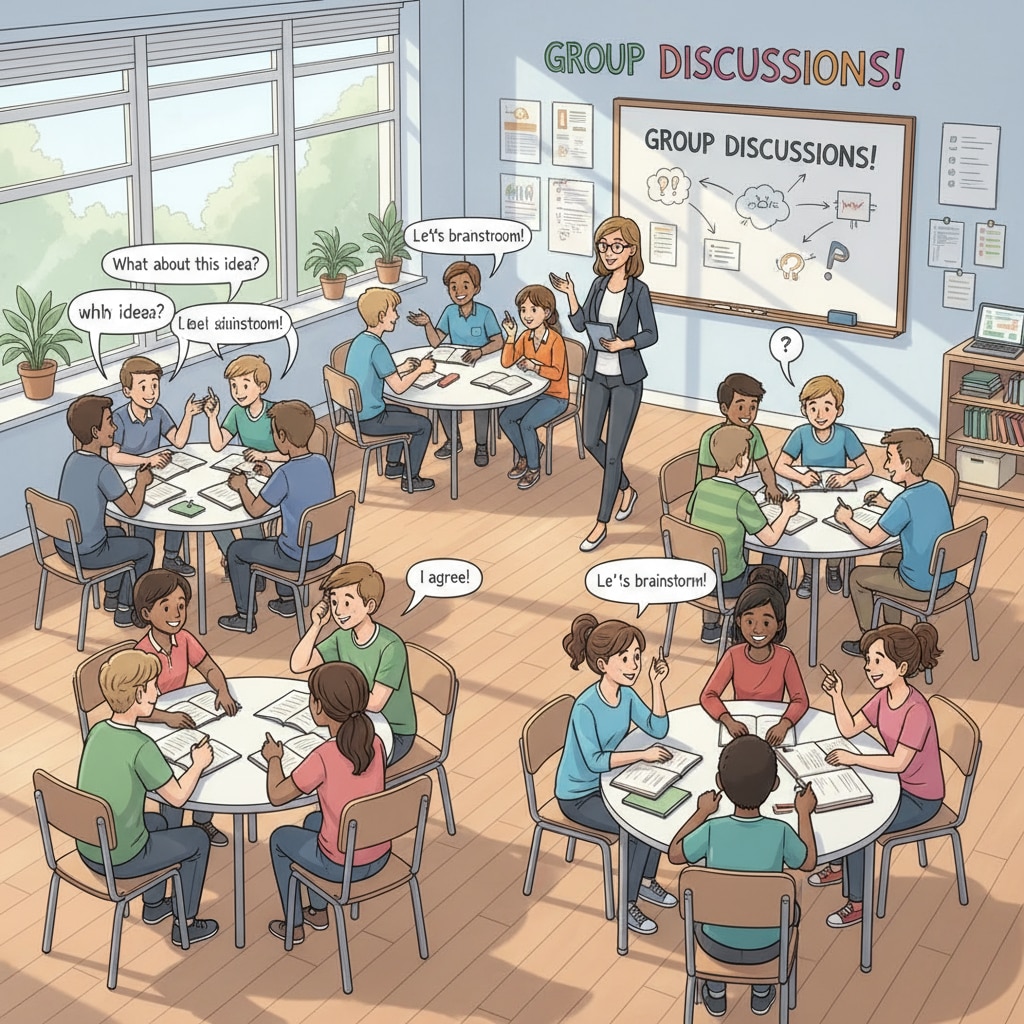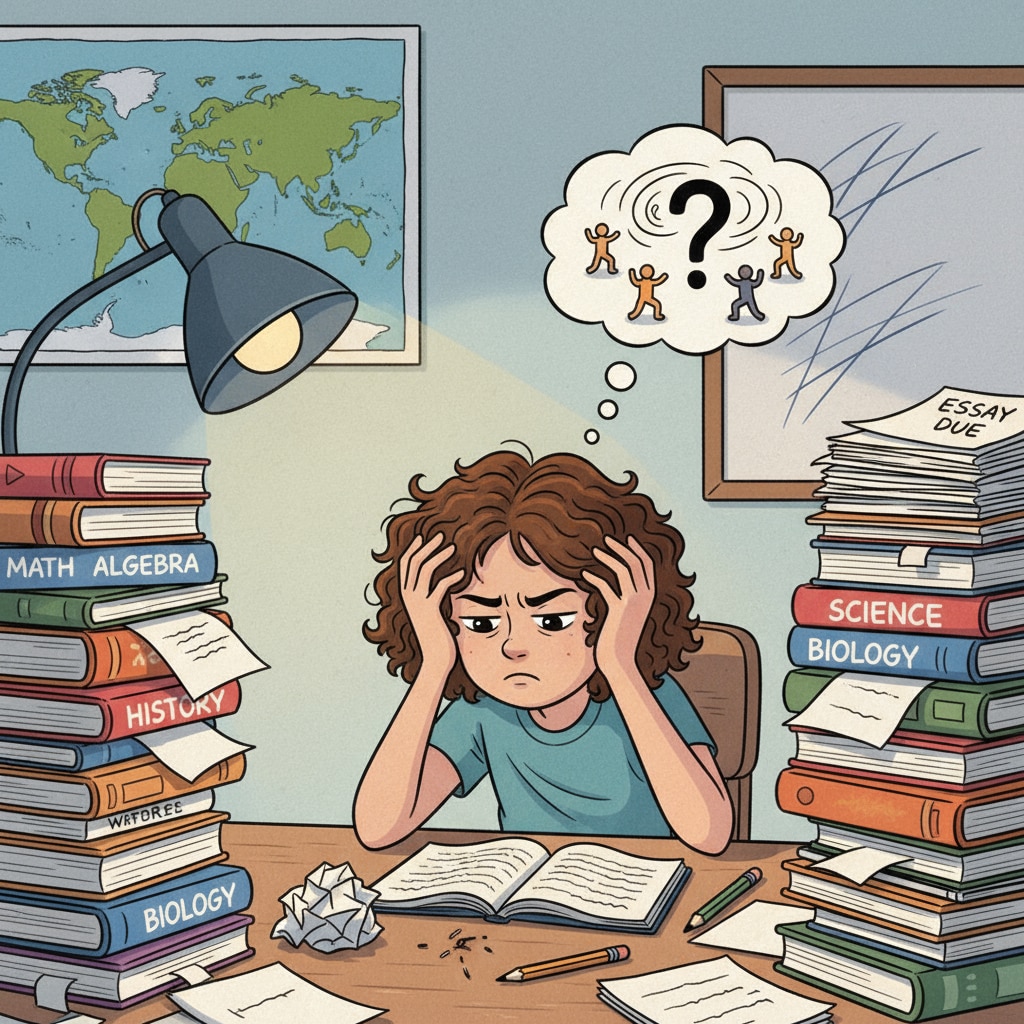In the realm of K12 education, the search for effective homework alternatives, understanding student burnout, and implementing smart teaching strategies has become crucial. Traditional homework has long been a staple, but it’s time to explore new paths.

As educators, we need to address the growing issue of student burnout and find better ways to solidify learning.
The Limitations of Traditional Homework
Traditional homework often comes with a one-size-fits-all approach. Many students find themselves overwhelmed with excessive assignments that may not align with their learning pace. According to Education Week, a significant number of students experience stress due to homework. This not only affects their academic performance but also their mental well-being. For example, students might spend hours on repetitive tasks that don’t truly enhance their understanding of the subject matter.

Understanding Student Burnout
Student burnout is a serious concern in K12 education. It stems from various factors, such as heavy workloads, high-pressure exams, and a lack of engagement. When students are constantly bombarded with homework, they lose their enthusiasm for learning. As a result, their motivation drops, and they may start to disengage from the educational process. Teachers need to recognize the signs of burnout and take proactive steps to prevent it.
Innovative Homework Alternatives
- Project-Based Learning: Instead of traditional worksheets, assign projects that require students to apply their knowledge. This could involve creating a science experiment or a historical research project. Project-based learning on Britannica allows students to explore topics in depth and develop critical thinking skills.
- Group Discussions and Debates: Organize in-class or online group discussions. This encourages students to share ideas, learn from their peers, and develop communication skills. For instance, a debate on a current social issue can spark lively discussions and enhance students’ understanding of different perspectives.
- Self-Directed Learning: Provide students with resources and guide them to set their own learning goals. This empowers them to take control of their education and explore topics that interest them.
- Experiential Learning: Arrange field trips, hands-on workshops, or internships. These real-world experiences can make learning more engaging and memorable. For example, a visit to a local museum can bring history to life.
- Digital Portfolios: Have students create digital portfolios to showcase their work, progress, and achievements. This not only helps them reflect on their learning but also provides a platform for teachers and parents to monitor their growth.
In conclusion, it’s time for K12 educators to embrace these homework alternatives, address student burnout, and implement effective teaching strategies. By doing so, we can create a more engaging and productive learning environment. Readability guidance: We’ve used short paragraphs and lists to summarize key points. Each H2 has a related list. Passive语态 has been minimized, and transition words have been added throughout for better flow.


